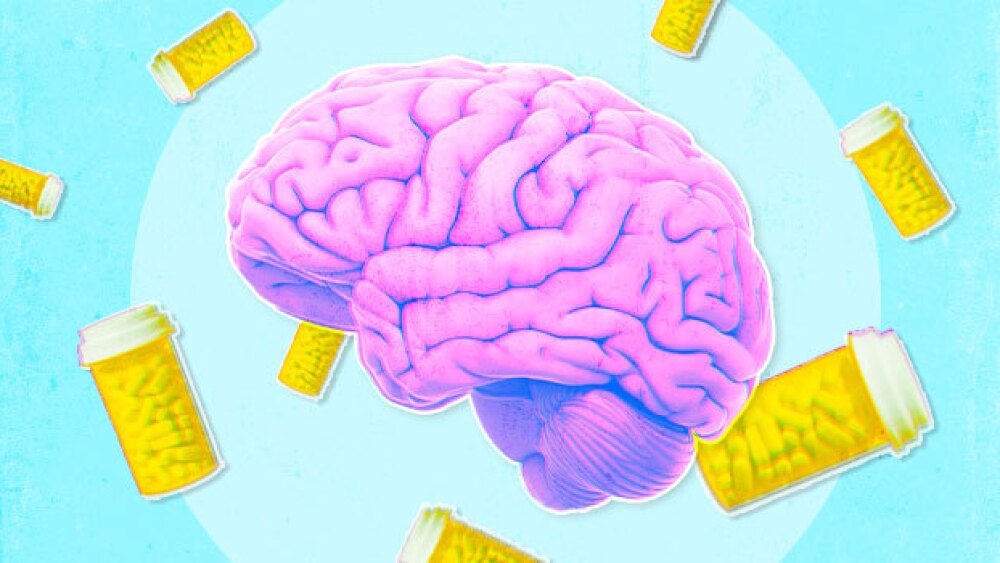A fingerprint test published in AACC’s Clinical Chemistry journal can tell whether someone has taken heroin or cocaine, and accurately distinguishes between drug users versus individuals who were exposed to drug residue in the environment.
WASHINGTON, March 22, 2018 /PRNewswire-USNewswire/ -- A fingerprint test published today in AACC's Clinical Chemistry journal can tell whether someone has taken heroin or cocaine, and accurately distinguishes between drug users versus individuals who were exposed to drug residue in the environment. This breakthrough study brings fingerprint drug testing one step closer to clinical adoption, which could revolutionize drug testing by making it both simpler and nearly impossible to cheat.
Heroin is the second leading cause of deadly overdoses in the U.S., while cocaine has caused more drug-related fatalities than any other non-opioid. As the toll of these and other drugs continues to climb, drug tests have become a critical tool for identifying individuals who engage in substance abuse and need treatment for it. Traditional drug tests have many limitations, though. Blood tests, for example, are invasive and require trained staff to collect samples, urine test samples are extremely easy to adulterate, and saliva tests--though noninvasive and more tamper-resistant--have a short window of detection.
In September 2017, a team of researchers led by Melanie Bailey, PhD, of the University of Surrey, U.K. developed a test that overcomes these issues by using a fingerprint to detect cocaine use. With this latest study, Bailey's team has improved on their 2017 test by developing a new fingerprint test protocol for both cocaine and heroin that uses the gold standard drug testing method, liquid chromatography-mass spectrometry (LC-MS), and that is minimally impacted by environmental contamination.
To develop this method, Bailey's team collected fingerprints before and after handwashing from 50 non-drug users and from 25 individuals who testified to taking either cocaine (13) or heroin (12) in the past 24 hours. The researchers took corresponding saliva samples for comparison. Additionally, to make sure the method accounted for environmental contamination, the researchers collected a third set of fingerprints from the non-drug users after they shook hands with the drug users. After analyzing the fingerprints with LC-MS for both heroin and the heroin metabolite 6-monoacetylmorphine, the researchers found that this protocol identified 100% of heroin users even after handwashing and only gave a false positive for one non-drug user who shook hands with a drug user. The researchers also used LC-MS to test for cocaine and its metabolite benzoylecgonine, which identified 85% of cocaine users after handwashing and produced no false positives for the non-drug users who came in contact with drug users. Significantly, for both heroin and cocaine the fingerprint test correctly identified more drug users than saliva testing.
"The possibility of drug testing from a fingerprint has become the subject of many recent research articles, due to the ease and noninvasive nature of sample collection, as well as the fact that the donor's identity is embedded within the ridge detail of the fingerprint itself," said Bailey. "This provides … the possibility of rapidly and noninvasively carrying out drug testing in a way that is difficult to falsify. This is, we believe, the first study to explore the significance of testing for drugs from a fingerprint, and therefore, the first effort dedicated to establishing an environmental cutoff."
About AACC
Dedicated to achieving better health through laboratory medicine, AACC brings together more than 50,000 clinical laboratory professionals, physicians, research scientists, and business leaders from around the world focused on clinical chemistry, molecular diagnostics, mass spectrometry, translational medicine, lab management, and other areas of progressing laboratory science. Since 1948, AACC has worked to advance the common interests of the field, providing programs that advance scientific collaboration, knowledge, expertise, and innovation. For more information, visit www.aacc.org.
Clinical Chemistry is the leading international journal of clinical laboratory science, providing 2,000 pages per year of peer-reviewed papers that advance the science of the field. With an impact factor of 8.008, Clinical Chemistry covers everything from molecular diagnostics to laboratory management.




